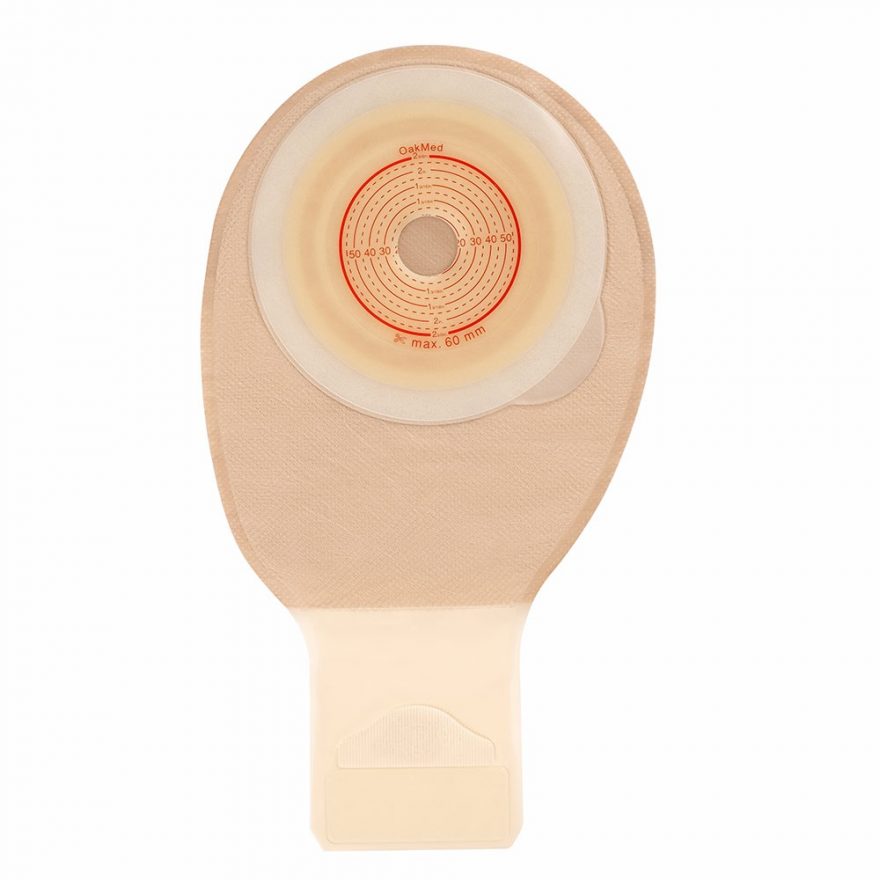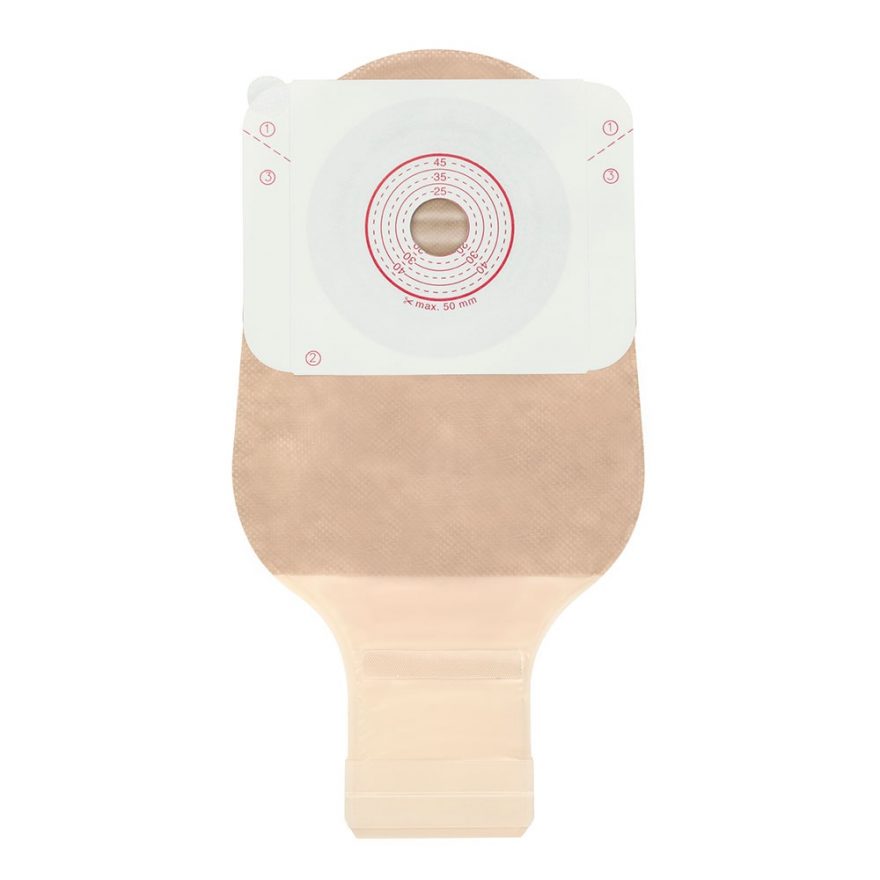Unfortunately, urinary tract infections (UTI) can still occur following urostomy surgery as your body is still vulnerable and infections to the urinary tract may still develop. Some UTIs can lead to kidney infections, which can make you feel quite unwell. Hence, it is good to know the symptoms to watch out for and some tips which may help you prevent more infections in the future.
So, why would you still develop a UTI after you have had stoma surgery? This is simply because the urinary tract is still in place, so bacteria can continue to find its way into the body and develop. If you have a urostomy, it is also possible for some bacteria can get inside the urostomy itself.
The good news in recognising signs of a UTI means you can get help quickly. It is also helpful to know some simple steps you can take to try to prevent a UTI in the future, these involve some minor adjustments to your stoma care routine and your diet.
Symptoms of a UTI:
Understanding the symptoms of an infection can help you identify whether you are experiencing a UTI and therefore you can reach out to your Stoma Care Nurse or GP swiftly for the right treatment to help relieve these symptoms and clear up any infection. If these symptoms are left, the infection can, unfortunately, become worse.
Here are some of the classic signs and symptoms you may feel with a UTI:
- Dark and cloudy urine
- Mucous in the urine increases
- Urine becomes strong in odour (smell)
- Abdominal (stomach) pain
- High temperature (fever)
- Back pain (where your kidneys are located)
- Blood in the urine directly from your stoma or in your pouch
- Loss in appetite
- Nausea and/or vomiting
- Feeling fatigued
What happens if I have a UTI?
If you are experiencing the above symptoms with your urostomy, contact your Stoma Care Nurse or your GP. Your GP may ask you for a urine sample so that your urine could be tested for bacteria to diagnose a UTI.
Obtaining this sample can be tricky with a urostomy and you may prefer the comfort of your own home to do this. Drinking plenty of water before taking the sample helps as the stoma will produce the urine for your sample quicker! You will need to remove your stoma appliance and clean the stoma well with clear water. Then, hold the sample bottle underneath your stoma to catch the urine as it comes out. You must ensure the sample bottle does not actually touch your stoma which could contaminate the sample. Make sure the label is noted that the sample is from a urostomy.
If your UTI does not resolve with the first course of antibiotics, a second sample may be requested. This may be taken directly from the urostomy via a small, soft catheter inserted by your stoma nurse, practice nurse or GP. This gives a more accurate picture of the bacteria causing the infection so that further antibiotics can be better targeted to treat it. This procedure is completely painless!
Often the treatment is a short course of antibiotics. You may be advised to take some painkillers and drink plenty of fluids. If the symptoms persist following this course of antibiotics, speak with your GP or Stoma Care Nurse again to get some guidance and support.
Tips for avoiding UTI’s with a urostomy:
Drink more water:
Try to drink 6-8 glasses of water each day. Water helps your kidneys do their job of flushing out body waste. It can reduce the bacterial concentration in your urine, which may lower your chances of developing a UTI. If you notice your urine looks a darker yellow or orange colour then you are likely to be dehydrated, so try to make a conscious effort to drink more water.
Avoid drinking caffeinated drinks as they can dehydrate you, switch to decaffeinated where possible. Limit your alcohol consumption too as again, this can be dehydrating.
Empty your urostomy pouch on a regular basis:
You will get into your own rhythm with emptying your urostomy pouch. It is a good tip to get into the routine of draining your pouch before it gets too full. Many ostomates recommend emptying the stoma pouch when it reaches one third to half full, as any more than this becomes heavy and may cause the bag the come away from the skin, resulting in leaks.
Bacteria can develop quickly in the urine, so having a full pouch can also cause urine to come back up the bag and onto the stoma. So by emptying your pouch regularly will help reduce the risks of UTI’s. Most urostomy appliances have a non-return valve, preventing urine back flowing. Check with your stoma care nurse that yours does, if not you may wish to change to an alternative appliance.
Keeping your stoma equipment clean:
If you are using a re-usable larger bag at night known as a night drainage system, make sure this night bag and/or leg bag is cleaned out thoroughly the next morning or after each use. This can be done with hot soapy water (washing up liquid or liquid soap) and hang it up in your bathroom to dry. Don’t forget to wash any adapters you use also. Bacteria can grow inside the tubing if you do not regularly clean it. Again, this has the potential to cause infections.
It is best to change all night drainage systems including the adapter, each week to ensure they are thoroughly free from bacteria. The other option is to use disposable night bags which are used and discarded every 24hours.
Make sure the night drainage bag is placed safely at the end of the bed, lower than the level of the bed. It can be attached to a nightstand which can be free-standing or slide between the mattress at the base of the bed, preventing any source of bacteria from lying on the floor or dirty areas from entering your equipment.
You may also wish to consider swapping to a single-use night bag, which is disposed of each morning.
Selecting a good urostomy pouch:
Most of the urostomy pouches available to ostomates nowadays have a non-return valve that prevents the urine in the pouch from flowing back over the stoma. The ostomy pouches also have taps or bungs at the bottom which allow the urine to be emptied over the toilet when the pouch is becoming full. This also allows the night drainage system to be attached for overnight drainage to save you from having to get up frequently and empty it.
Keep the skin around your stoma clean:
The skin around your urostomy is known as peristomal skin. It is important for all ostomates to keep this area healthy, by keeping it clean and dry. If this area becomes sore, irritated, or infected it has more chance of developing an infection. Change your stoma appliance at least once to twice per week and check your skin on a regular basis. Do not wait until it leaks as urine can harm the skin.


Drainable Midi Alginate
View the product

